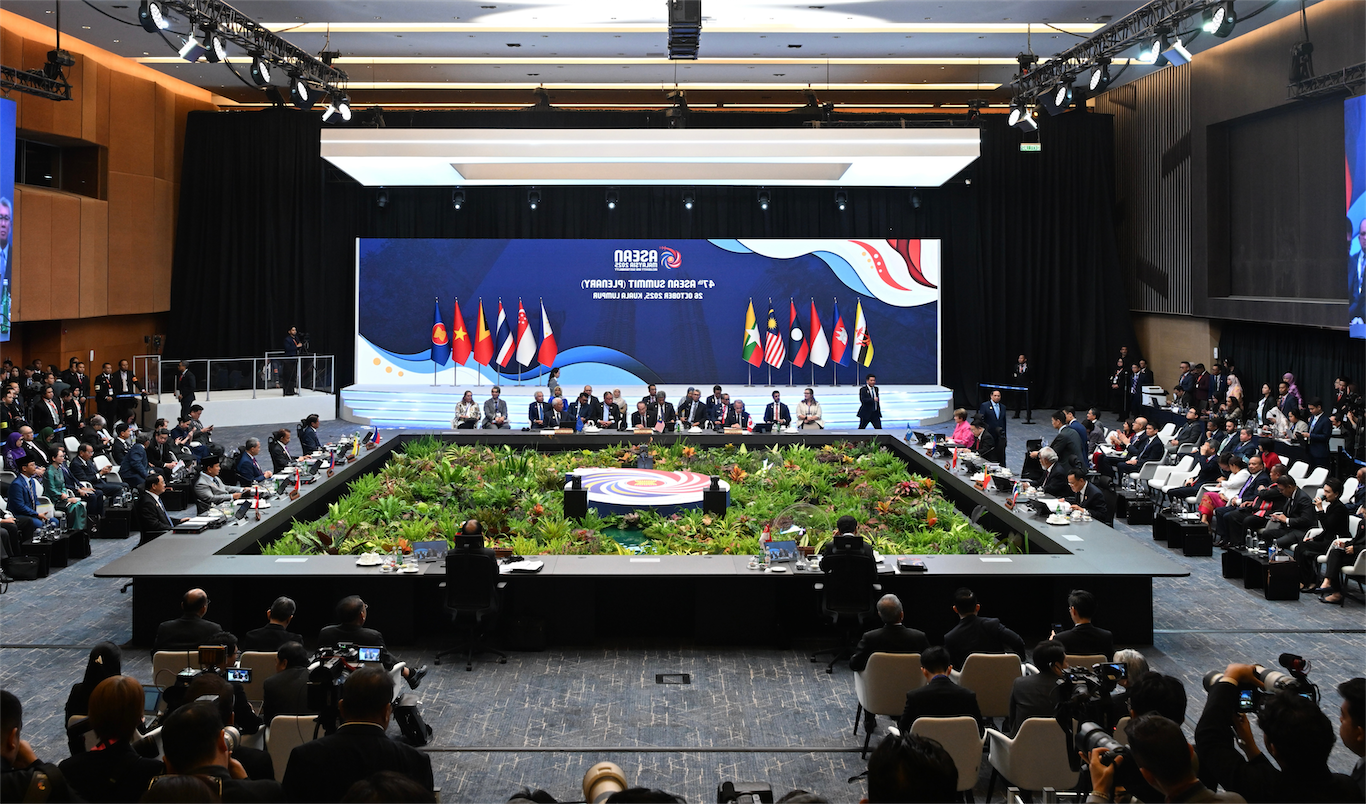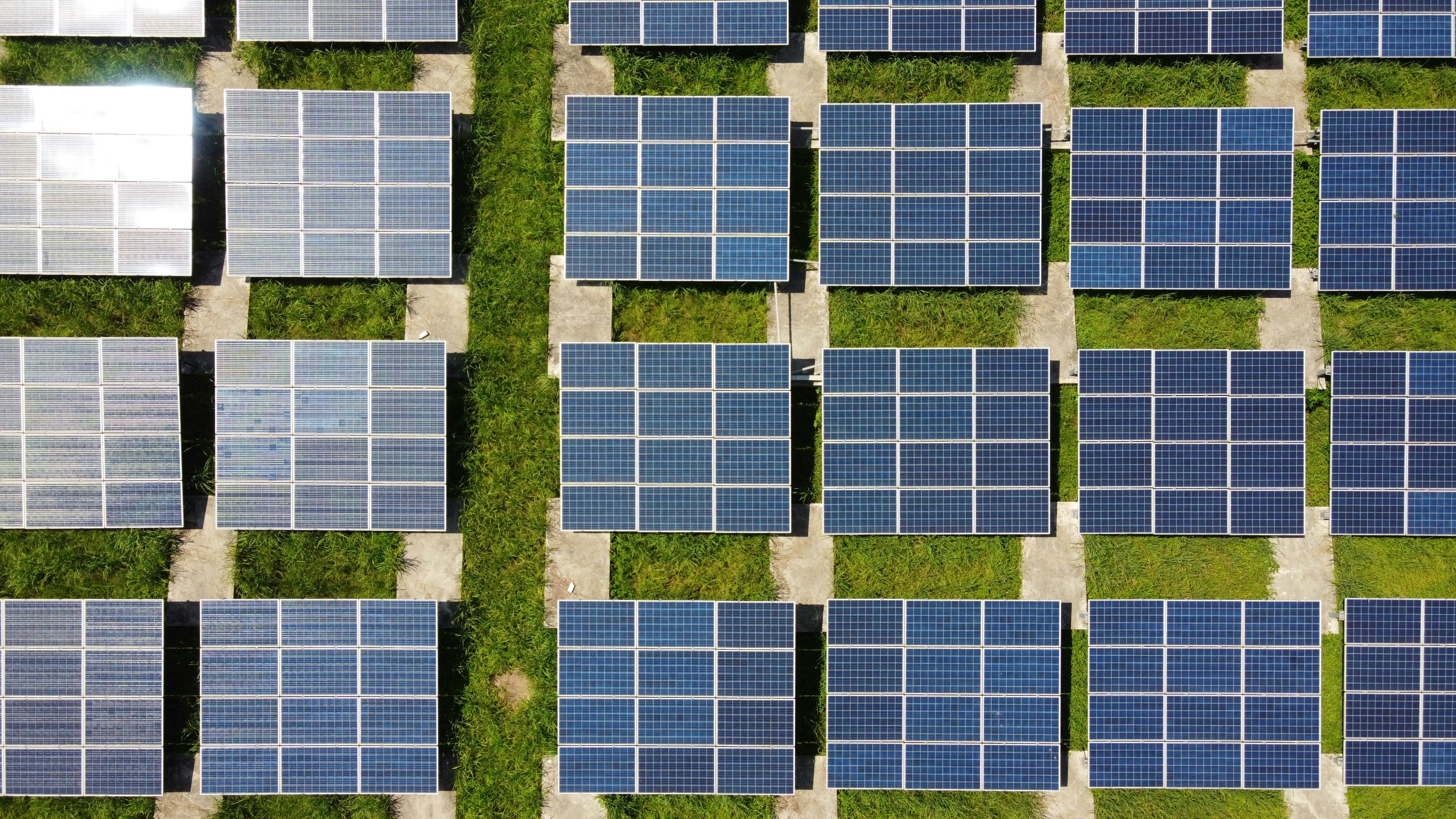For years, Indonesia has found itself caught in a puzzling macroeconomic paradox. Despite the government’s expansive fiscal posture and Bank Indonesia (BI) exceptional accumulation of government bonds (SBN), economic growth remains stubbornly flat at around 5 percent. Moreover, inflation is subdued, the rupiah faces persistent depreciation pressures, and employment creation remains sluggish.
On the surface, this appears contradictory: if both fiscal and monetary tools are engaged, shouldn’t growth accelerate? Yet in Indonesia’s case, the very architecture of macroeconomic policy coordination reveals tension beneath the surface.
Since the COVID-19 crisis, Indonesia’s fiscal stance has remained decisively expansionary. Following emergency measures in 2020-2022, the government maintained high public spending aimed at sustaining the recovery and financing populist programs, including infrastructure development and politically popular initiatives such as energy subsidies and free school meals. This condition has kept the budget deficit hovering around 2.5-3 percent of GDP, primarily financed by the issuance of government bonds (SBN).
At the same time, BI has stepped in as a buyer of the last resort to support market stability and help absorb this issuance. As of March 2025, BI holds over Rp 1,600 trillion in SBN, equivalent to roughly 26 percent of tradable SBN and 8 percent of GDP. While this was justified during the pandemic under the burden-sharing framework, BI’s continued SBN purchases during normal times raise critical policy concerns.
Paradoxically, BI has maintained a tight stance, holding the policy rate relatively high at around 6 percent and sterilizing liquidity through instruments such as SRBI and reverse repos, effectively offsetting the impact of its bond purchases. Rather than expansionary, these measures are defensive, aimed at containing inflation, stabilizing the rupiah, and preserving credibility.







